Information Visualization Fundamentals
CS-GY 9223 - Visualization for Machine Learning - Fall 2025
NYU Tandon School of Engineering
2025-09-08
What is Information Visualization? Why Use It?
“The use of computer-supported, interactive, visual representations of abstract data to amplify cognition.”
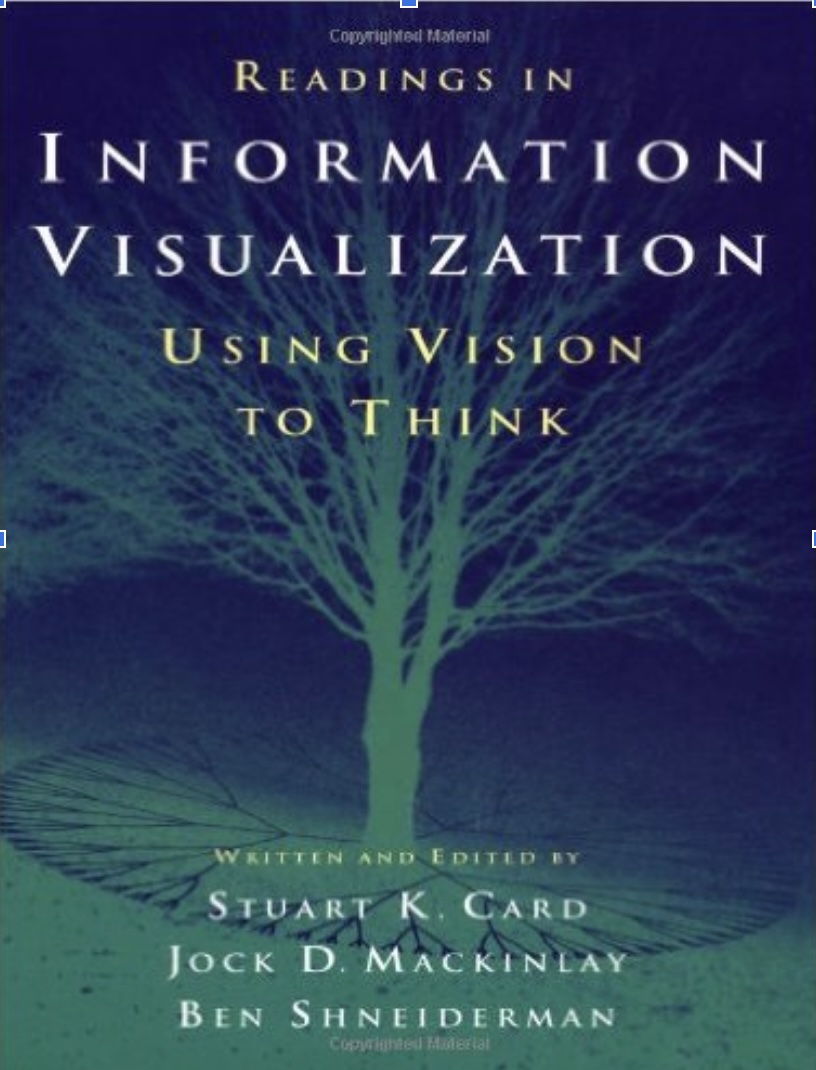
Slides based on material from Prof. Enrico Bertini
Key Concepts
- 💻 Computer-Based
- 👁️ Visual Representation
- 📊 Abstract Data
- 🔄 Interactive
- 🧠 Amplify Cognition
Slides based on material from Prof. Enrico Bertini
Abstract Data
Data with no obvious/natural visual representation
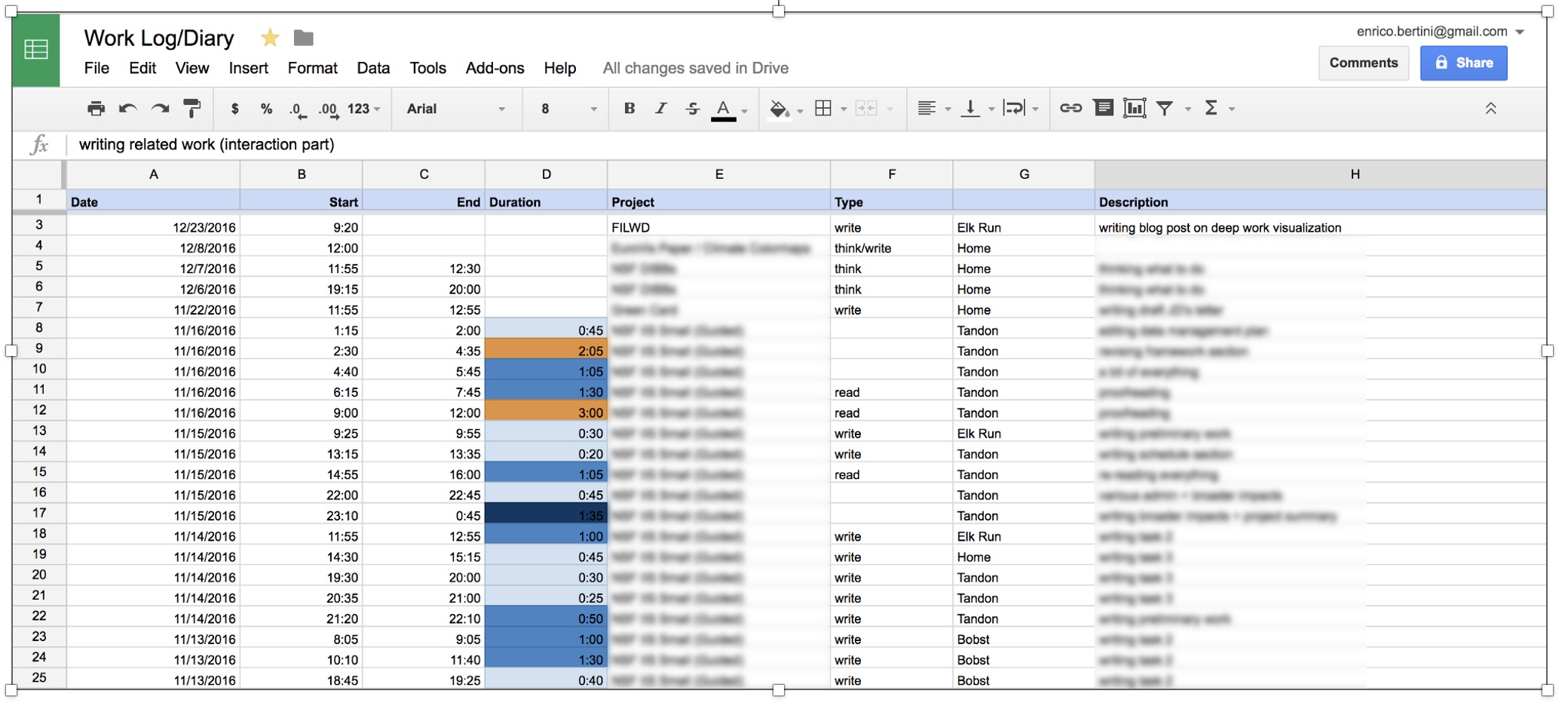
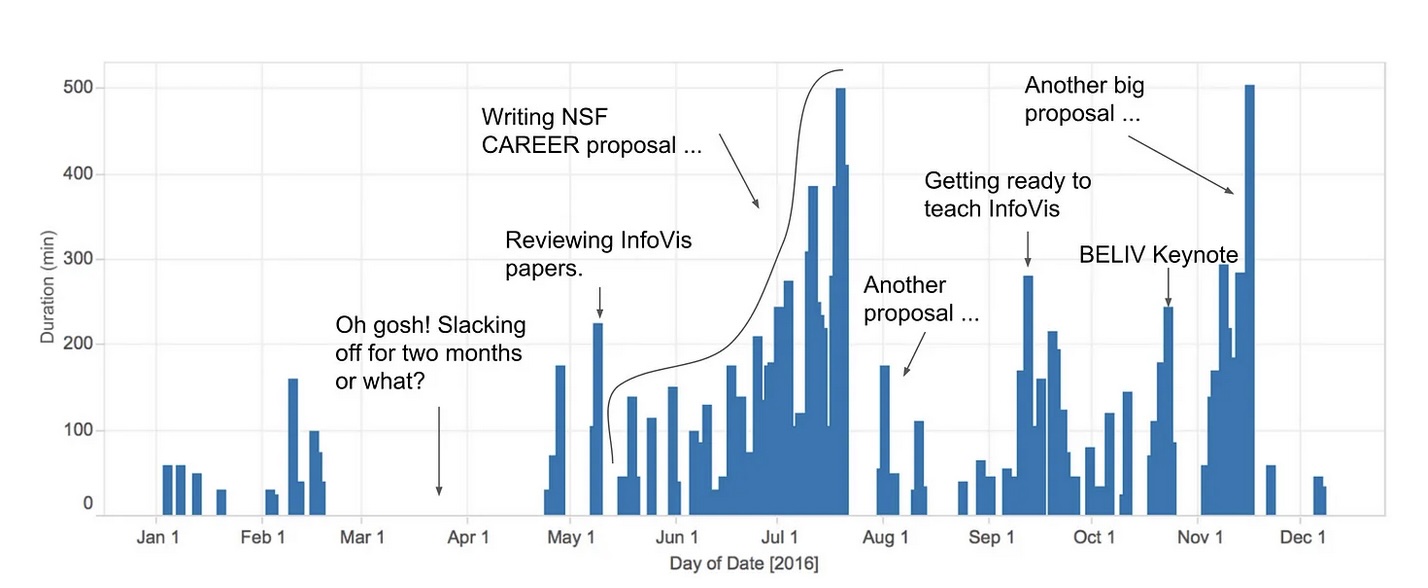
Slides based on material from Prof. Enrico Bertini
Abstract Data
Data with no obvious/natural visual representation
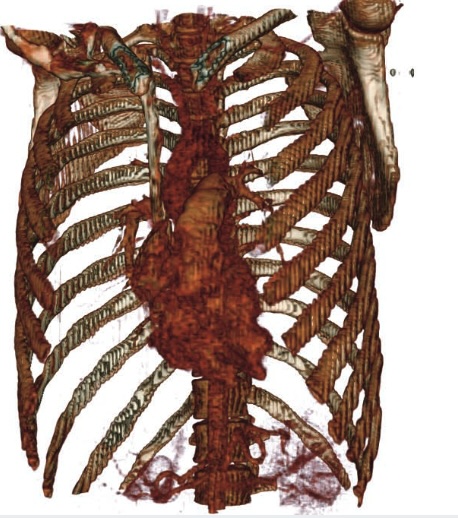
Slides based on material from Prof. Enrico Bertini
Interactive
Users can change what is visualized and how it is visualized.
TaxiVis - Ferreira et al., IEEE TVCG 2013
Slides based on material from Prof. Enrico Bertini
Amplify Cognition
Solve problems with data with less effort, in a shorter time, and more accurately.
… or even be able to do things it would be impossible to do without a computer and a graphical representation.
Slides based on material from Prof. Enrico Bertini
Cognitive artifacts: tools that help us think!
- Try to multiply 34 x 72 using exclusively your mind …
- … now do it again using pen and paper.
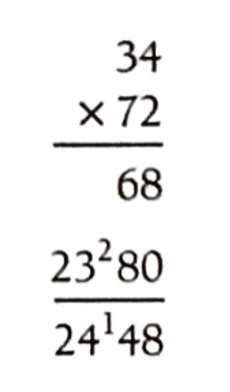
Slides based on material from Prof. Enrico Bertini
Why is it easier?
🧠 Memory in Head
- Limited capacity (~7 items)
- Decays quickly
- Requires effort to maintain
- Error-prone
📝 Memory in World
- Unlimited storage
- Persistent information
- External processing
- Reliable reference
Key Insight: Visualization offloads cognitive work from your mind to the visual system
Slides based on material from Prof. Enrico Bertini
Let’s play the “game of 15” …
- The “pieces” for the game are the nine digits: 1, 2, 3, 4, 5, 6, 7, 8, 9. Each player takes a digit in turn. Once a digit is taken, it cannot be used by the other player. The first player to get three digits that sum to 15 wins.
- Here is a sample game: Player A takes 8. Player B takes 2. Then A takes 4, and B takes 3. A takes 5.
- Question 1: Suppose you are now to step in and play for B. What move would you make?
Slides based on material from Prof. Enrico Bertini
Let’s play a different game: tic-tac-toe
Players alternately place an O or a X in one of nine spaces arranged in a rectangular array. Once a space has been taken, it cannot be changed by either player. The first player to get three symbols in a straight line wins. Suppose player A is X and B is O, and the game has reached the state on the right.
Question 2: Suppose you are now to step in and play an O for B. What move would you make?
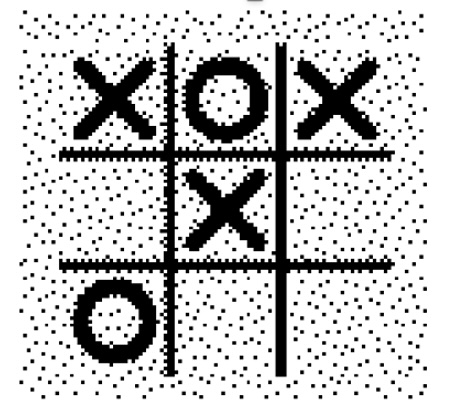
Slides based on material from Prof. Enrico Bertini
Problem Isomorphs
Herbert Simon’s Insight
- The two problems are isomorphic - structurally identical!
- Same problem, different representation
- The tic-tac-toe representation makes the solution obvious
- Key insight: The right representation can dramatically simplify problem solving

Pioneer in cognitive psychology, artificial intelligence, and decision-making
Slides based on material from Prof. Enrico Bertini
Why use visualization?
📢 Explanatory
Show insights to others
- Present findings
- Tell data stories
- Communicate clearly
🔍 Exploratory
Find patterns yourself
- Discover unknowns
- Generate hypotheses
- Understand data
✅ Confirmatory
Validate hypotheses
- Test assumptions
- Verify patterns
- Support decisions
Slides based on material from Prof. Enrico Bertini
The Power of Visualization: Discovery
John Snow’s Cholera Map (1854)
- Mapped cholera deaths in London
- Revealed cluster around Broad Street water pump
- Visual evidence stopped the outbreak
Tip
Takeaway: Visualization is a powerful tool for discovery and finding patterns invisible in raw data.

The Power of Visualization: Storytelling
Charles Minard’s Map of Napoleon’s March (1869)
- Widely considered one of the best statistical graphics ever created
- Shows six variables simultaneously:
- Army size
- Location & direction
- Temperature
- Distance & time
Tip
Takeaway: Visualization is a powerful medium for dense, high-impact storytelling.
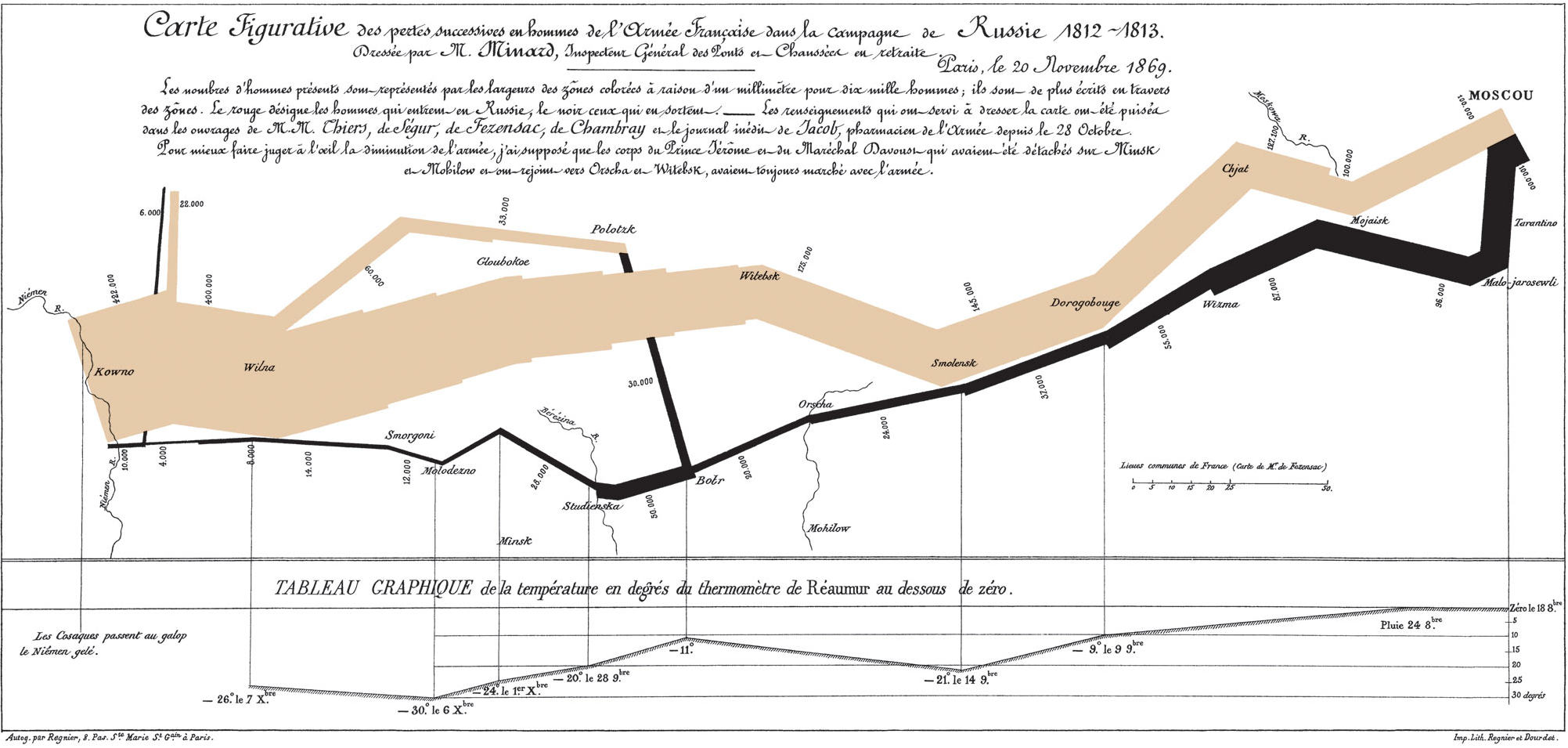
The Power of Visualization: Exploration
NYT: “How Y’all, Youse and You Guys Talk” (2013)
- Modern, interactive visualization
- Built with web technologies (like D3.js!)
- Allows personal exploration of dialect data
- Engages users through personalized results
Try it yourself: NYT Dialect Quiz
Tip
Takeaway: Visualization can be a dynamic interface for personal data exploration.
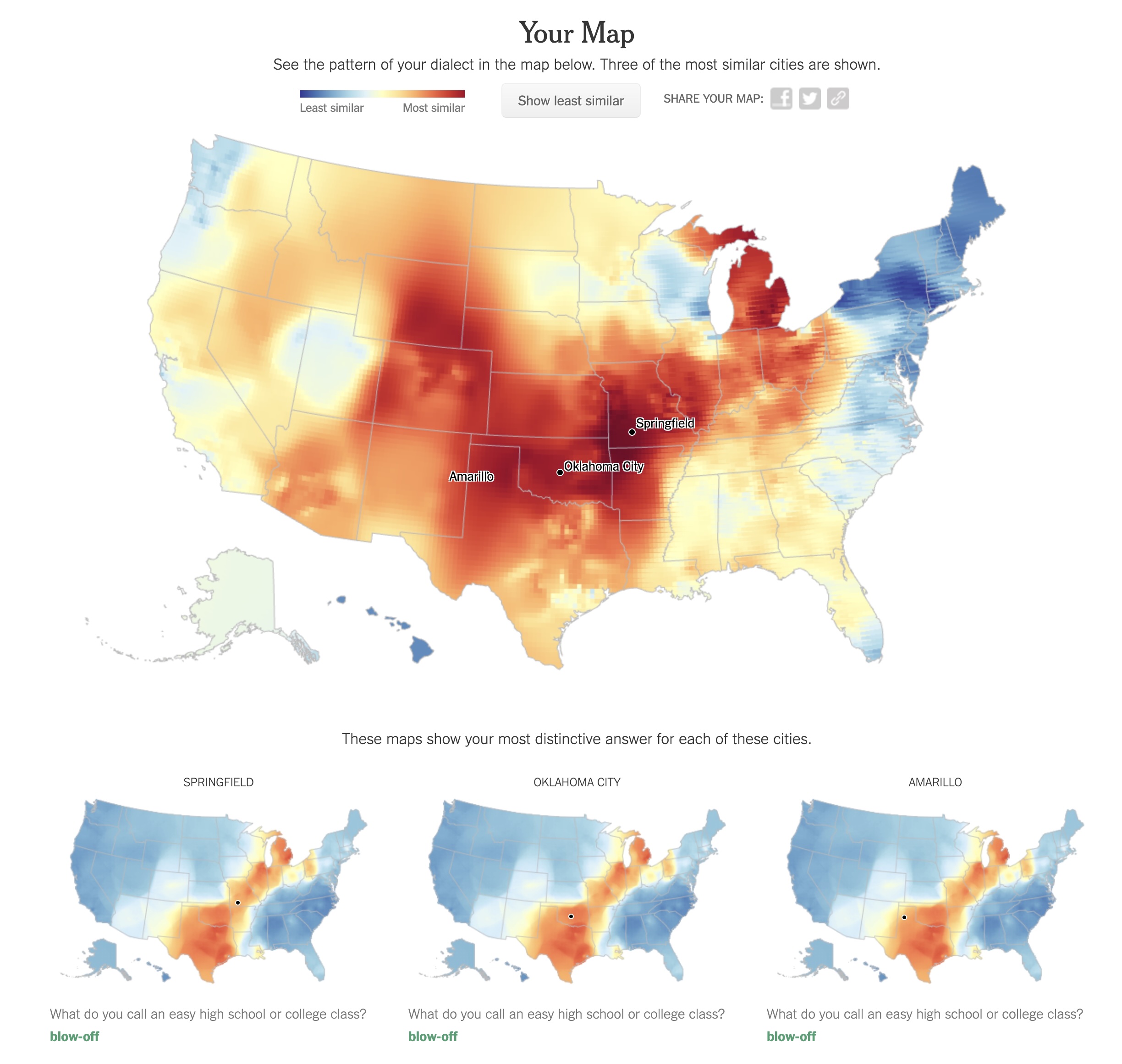
Great Explanatory Visualizations
NYT: https://flowingdata.com/tag/new-york-times/
Washington Post: http://postgraphics.tumblr.com/
Gregor Aisch: https://driven-by-data.net/
Nicky Case/Explorable Explanations: http://explorabl.es/
Polygraph: http://polygraph.cool/ & https://pudding.cool/
ProPublica: https://www.propublica.org/
Slides based on material from Prof. Enrico Bertini
Why use a graphical representation?
- Large parts of our brain are devoted to spatial processing
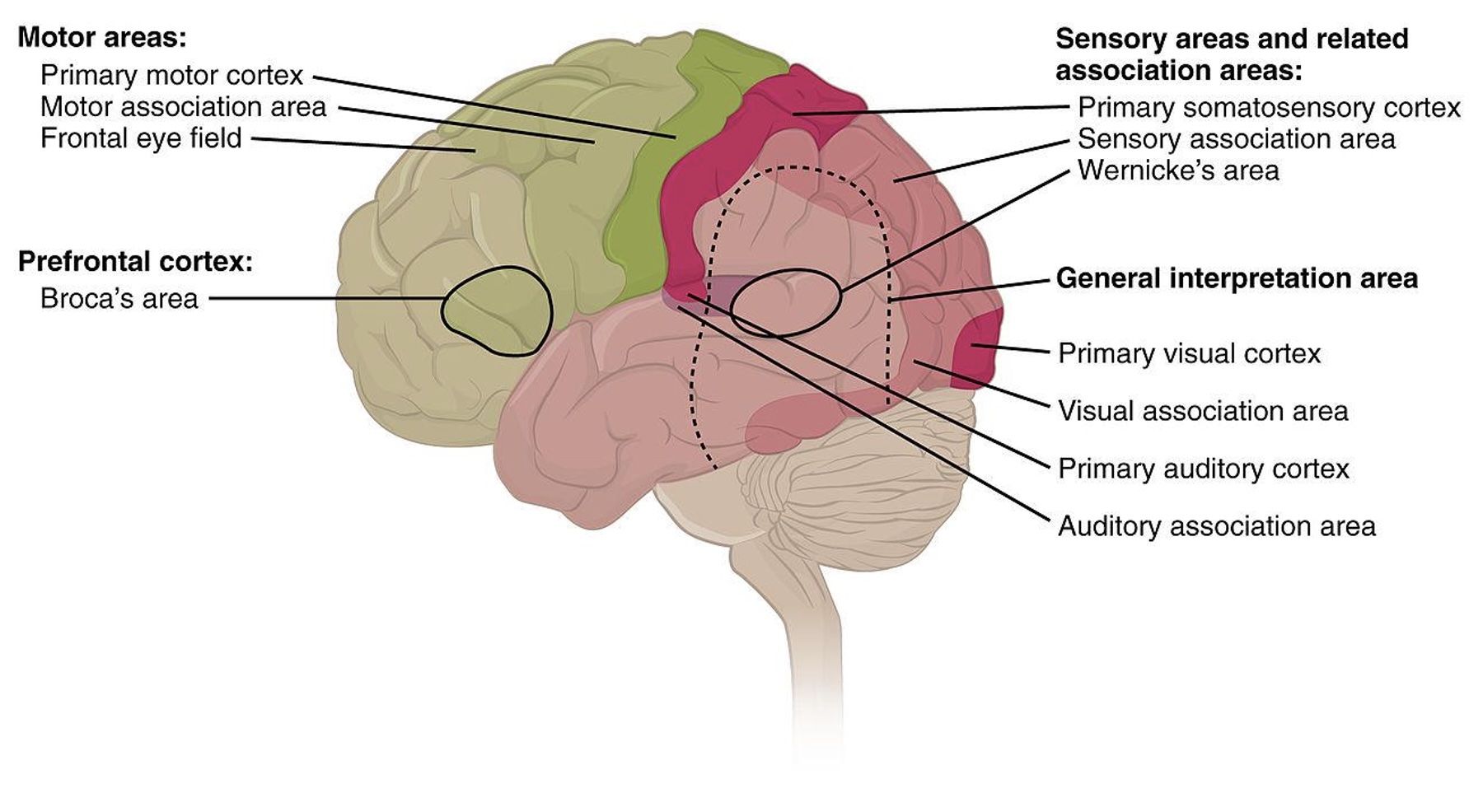
Via Wikipedia, By OpenStax College - Anatomy & Physiology, Connexions Web site., Jun 19, 2013., CC BY 3.0
Why use a computer to visualize data?
📊 Scale
Handle millions of data points efficiently
🔄 Interactivity
Explore data dynamically with zoom, filter, details
⚡ Real-time
Live updates as data changes continuously
🧮 Computation
Complex calculations and transformations on-the-fly
Slides based on material from Prof. Enrico Bertini
Why use interaction?
Each visualization can only answer a subset of questions.
With interaction the user can change what is visualized and how to answer a multitude of questions.
Also one cannot visualize everything at once.
Slides based on material from Prof. Enrico Bertini
How do you assess the quality of a visualization?
- Isn’t it subjective? Some people like A, whereas some others like B.
- Some visual representations are better than others at solving particular problems …
Slides based on material from Prof. Enrico Bertini
Digression: Graphical Perception
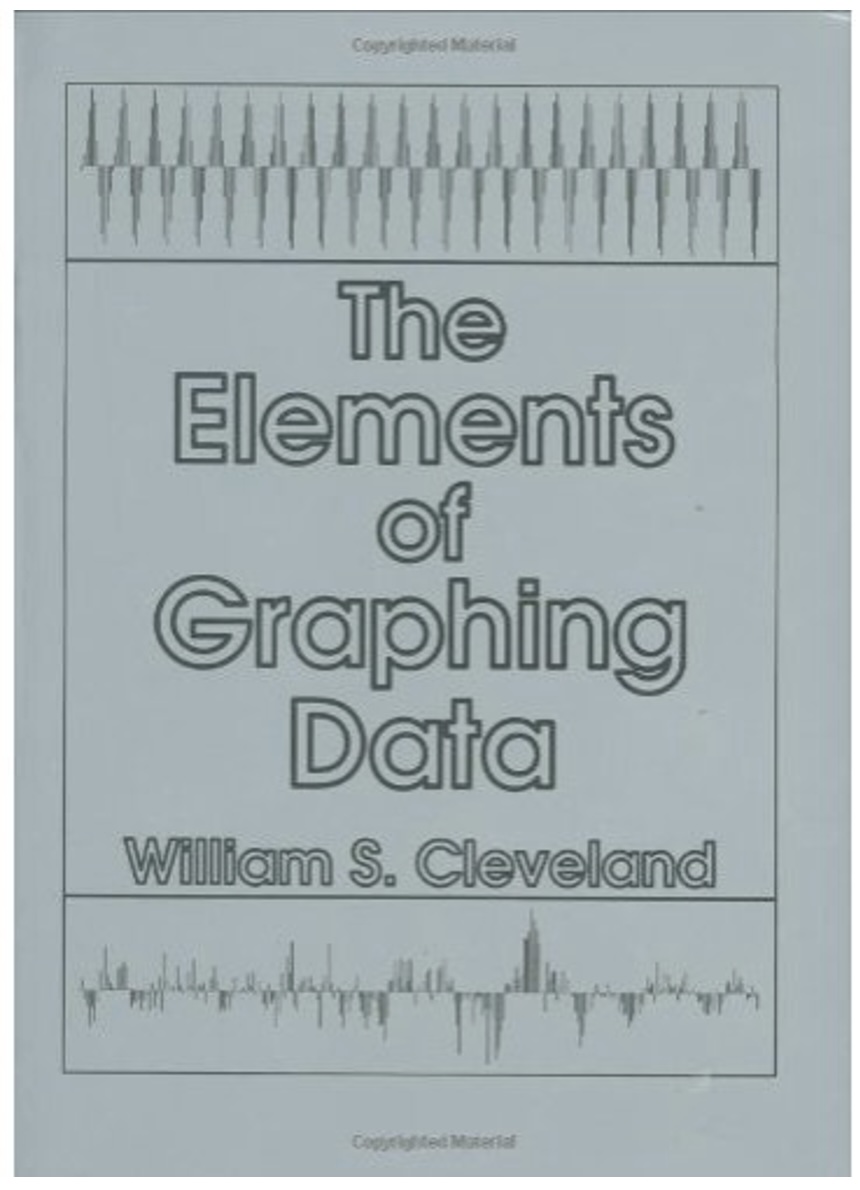
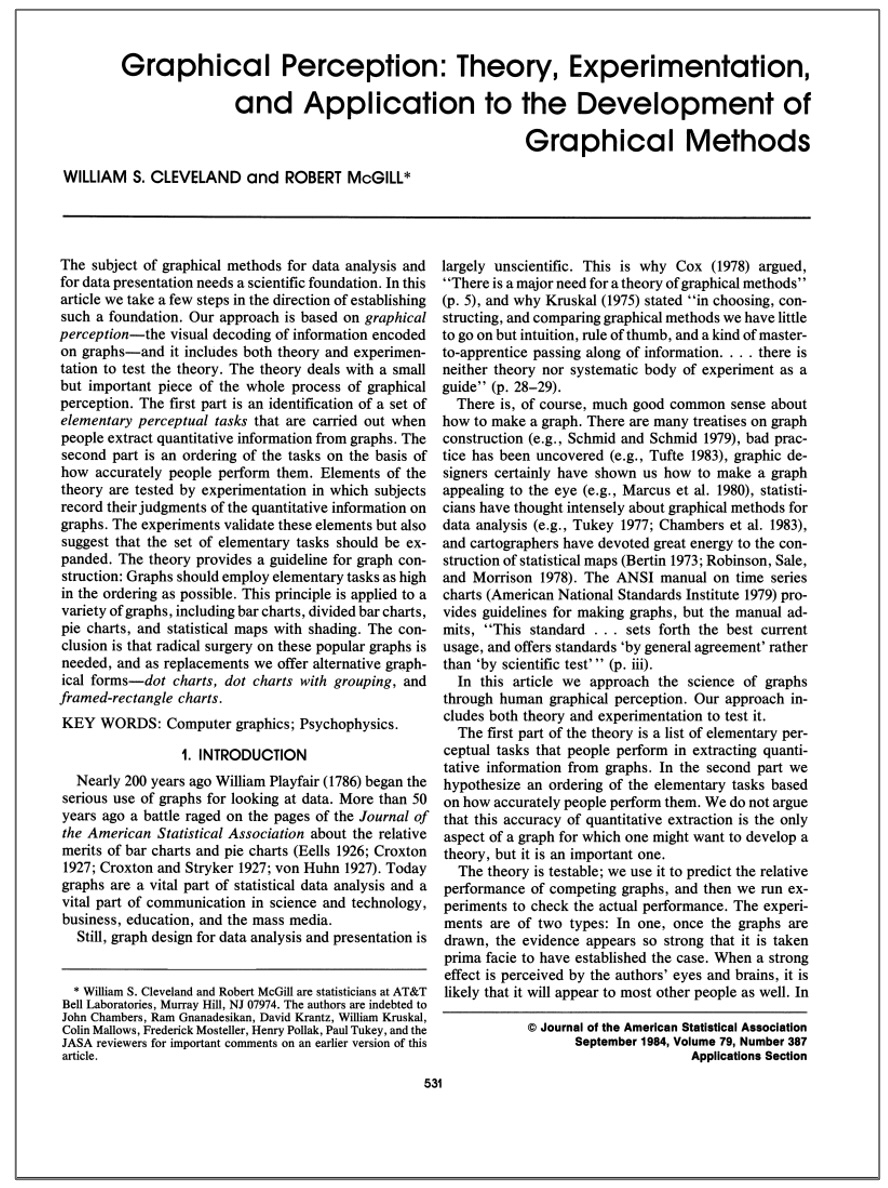
Slides based on material from Prof. Enrico Bertini
Graphical Perception Experiment

Slides based on material from Prof. Enrico Bertini
Graphical Perception Results

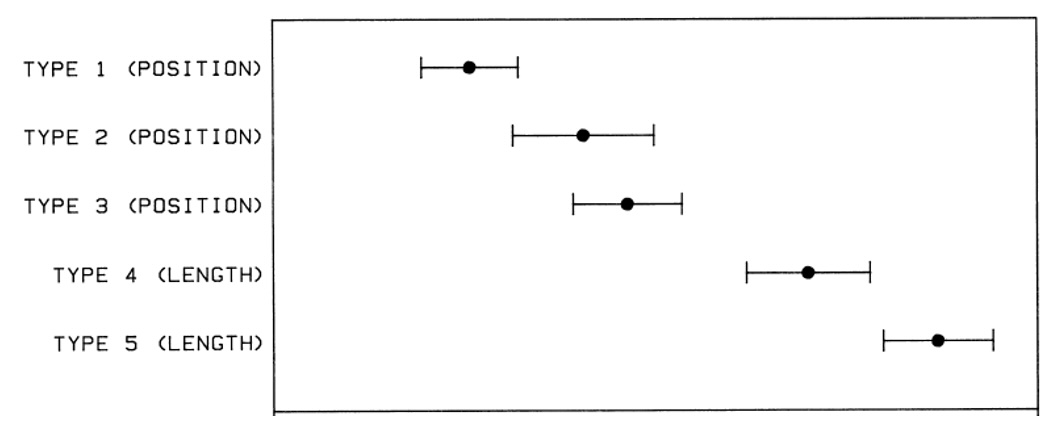
Slides based on material from Prof. Enrico Bertini
Designing effective visualizations requires
🎨 Knowing the design space
What visual encodings and techniques are available?⚖️ Being able to compare solutions
Which design best serves the intended purpose?👁️ Understanding human perception
How do people actually see and interpret visual information?
Slides based on material from Prof. Enrico Bertini
Data Types
The first ingredient in effective visualization is the input data. Data values can represent different forms of measurement.
What kinds of comparisons do those measurements support?
What kinds of visual encodings then support those comparisons?
Slides based on material from Prof. Jeffrey Heer link
Nominal (N) or Categorical (C)
Nominal data — also called categorical data — consist of category names.
With nominal data we can compare the equality of values: is value A the same or different than value B? (A = B), supporting statements like “A is equal to B” or “A is not equal to B”.
When visualizing nominal data we should readily perceive if values are the same or different: position, color hue (blue, red, green, etc.), and shape are all reasonable options.
Slides based on material from Prof. Jeffrey Heer link
Ordinal (O)
Ordinal data consist of values that have a specific ordering.
With ordinal data we can compare the rank-ordering of values: does value A come before or after value B? (A < B), supporting statements like “A is less than B” or “A is greater than B”.
When visualizing ordinal data, we should perceive a sense of rank-order. Position, size, or color value (brightness) might be appropriate, whereas color hue (which is not perceptually ordered) would be less appropriate.
Slides based on material from Prof. Jeffrey Heer link
Quantitative (Q)
With quantitative data we can measure numerical differences among values.
There are multiple sub-types of quantitative data:
- For interval data we can measure the distance between points: (A - B).
- For ratio data we can also measure proportions or scale factors: (A / B).
Quantitative values can be visualized using position, size, or color value, among other channels. An axis with a zero baseline is essential for proportional comparisons of ratio values, but can be safely omitted for interval comparisons.
Slides based on material from Prof. Jeffrey Heer link
Temporal (T)
Temporal values measure time points or intervals. This type is a special case of quantitative values (timestamps) with rich semantics and conventions (i.e., the Gregorian calendar).
Example temporal values include date strings such as “2019-01-04” and “Jan 04 2019”, as well as standardized date-times such as the ISO date-time format: “2019-01-04T17:50:35.643Z”. There are no temporal values in our global development dataset above, as the year field is encoded as an integer.
Slides based on material from Prof. Jeffrey Heer link
Spatial (S)
Data that can be shown in a map
Also known as geospatial data, refers to information that identifies the geographic location and characteristics of natural or constructed features and boundaries on the Earth. https://atlan.com/spatial-data/
Data Types Summary
These data types are not mutually exclusive, but rather form a hierarchy: ordinal data support nominal (equality) comparisons, while quantitative data support ordinal (rank-order) comparisons.
Moreover, these data types do not provide a fixed categorization. For example, just because a data field is represented using a number doesn’t mean we have to treat it as a quantitative type! We might interpret a set of ages (10 years old, 20 years old, etc.) as nominal (underage or overage), ordinal (grouped by year), or quantitative (calculate average age).
Slides based on material from Prof. Jeffrey Heer link
Fundamental Charts
Widely adopted, effective, useful.
Solve very large percentage of vis problems.
Training ground for more sophisticated graphs.
Slides based on material from Prof. Enrico Bertini
Bar Chart
📊 Definition
Visualizes how a quantity distributes across categories
When to Use
- Compare values across groups
- Show rankings or order
- Display part-to-whole relationships
Key Features
- Length encodes value
- Categories on one axis
- Best for 5-20 categories
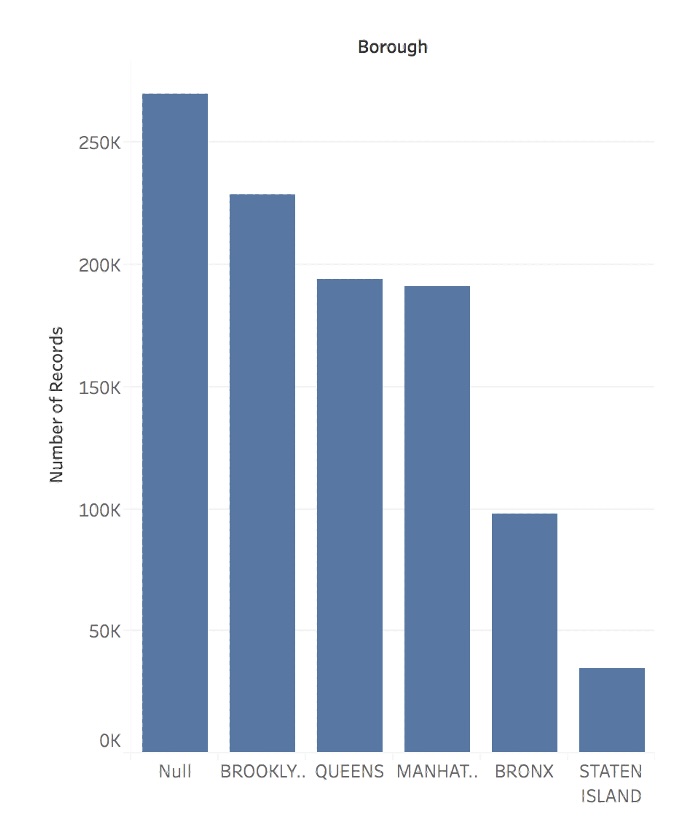
Slides based on material from Prof. Enrico Bertini
Line Chart
📈 Definition
Shows how quantities change in relation to another variable (typically time)
When to Use
- Track trends over time
- Compare multiple time series
- Identify patterns and cycles
Key Features
- Position encodes value
- Lines connect data points
- Emphasizes continuity
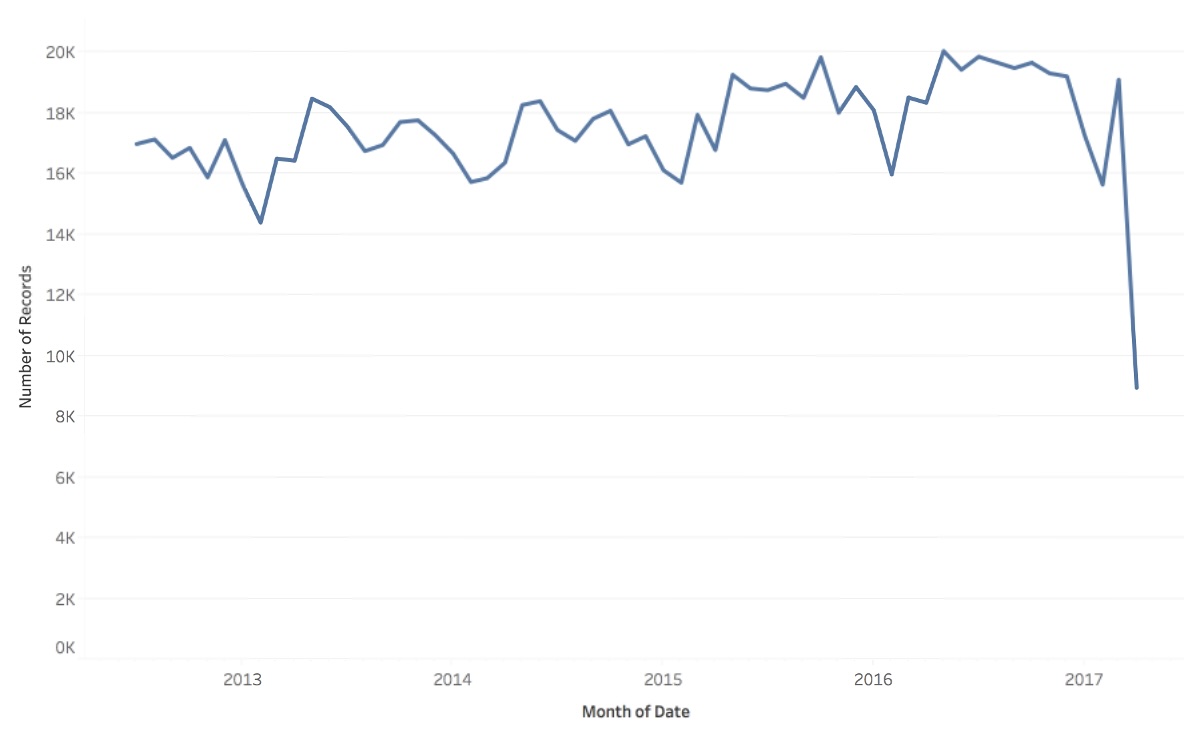
Slides based on material from Prof. Enrico Bertini
Scatter Plot
🔵 Definition
Shows how one quantity relates to another quantity
When to Use
- Show correlations
- Identify clusters or outliers
- Compare distributions
Key Features
- X/Y position encode values
- Each point = one observation
- Reveals patterns in data
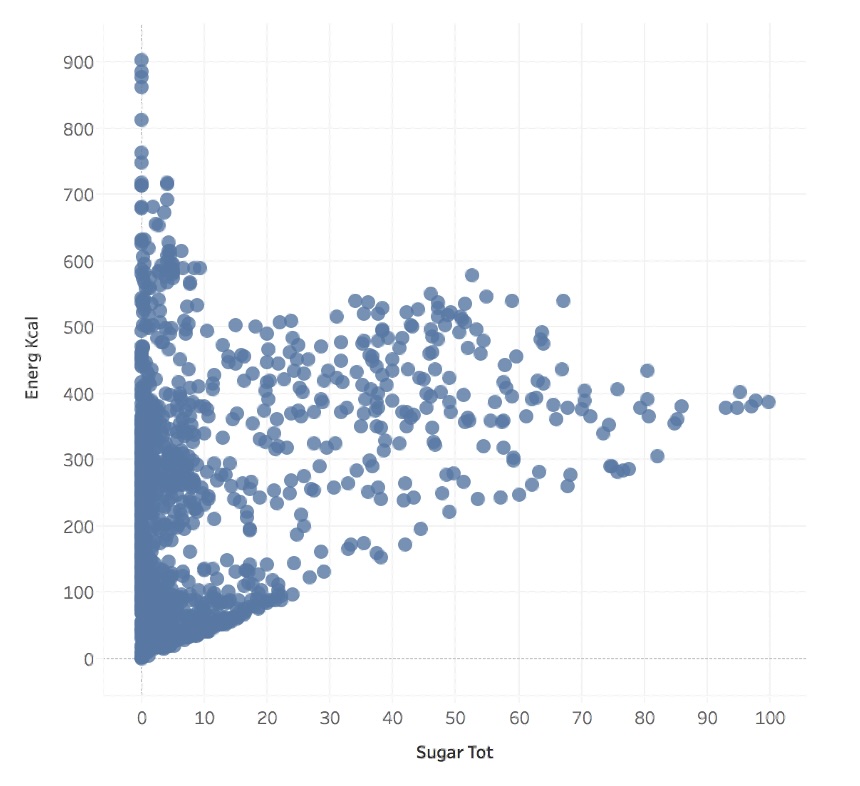
Slides based on material from Prof. Enrico Bertini
Matrix
🔲 Definition
Shows how quantities distribute across two categories
When to Use
- Show relationships between categories
- Display correlation matrices
- Visualize adjacency/similarity
Key Features
- Color/size encode values
- Row/column structure
- Compact representation
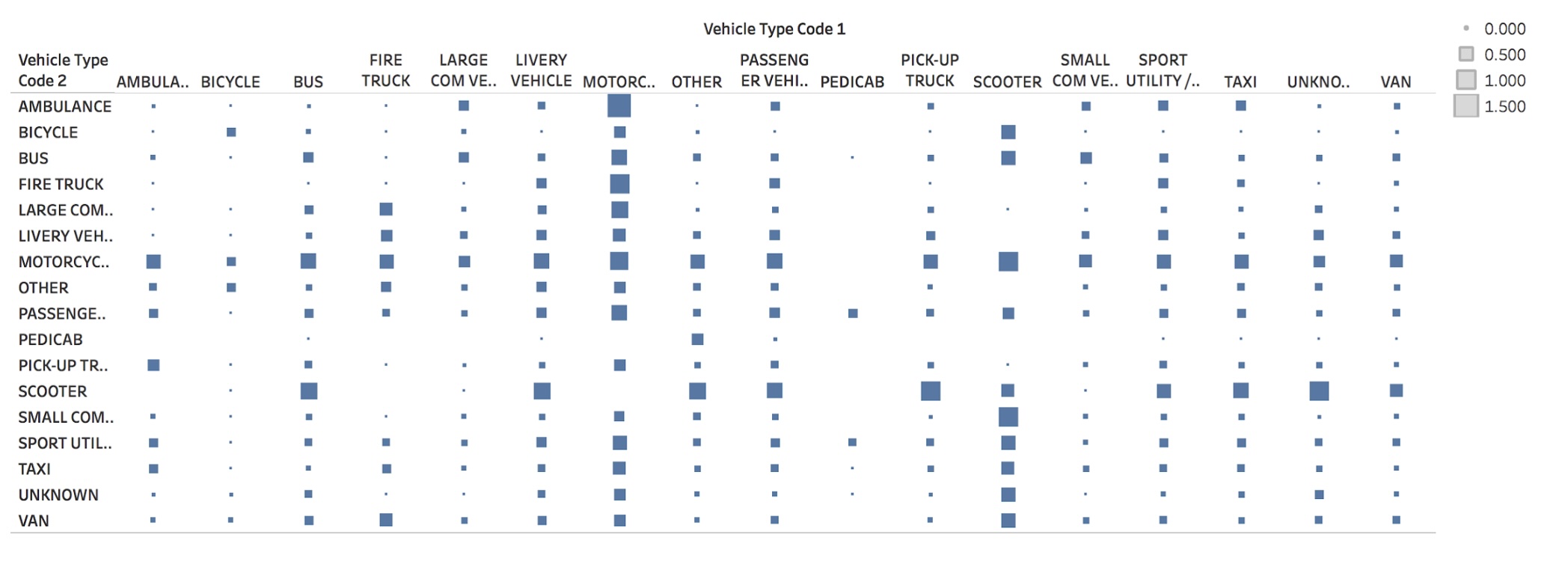
Slides based on material from Prof. Enrico Bertini
Symbol Map
📍 Definition
Shows how quantities distribute across spatial coordinates
When to Use
- Display geographic data
- Show spatial distributions
- Compare locations
Key Features
- Position = location
- Size/color = magnitude
- Geographic context
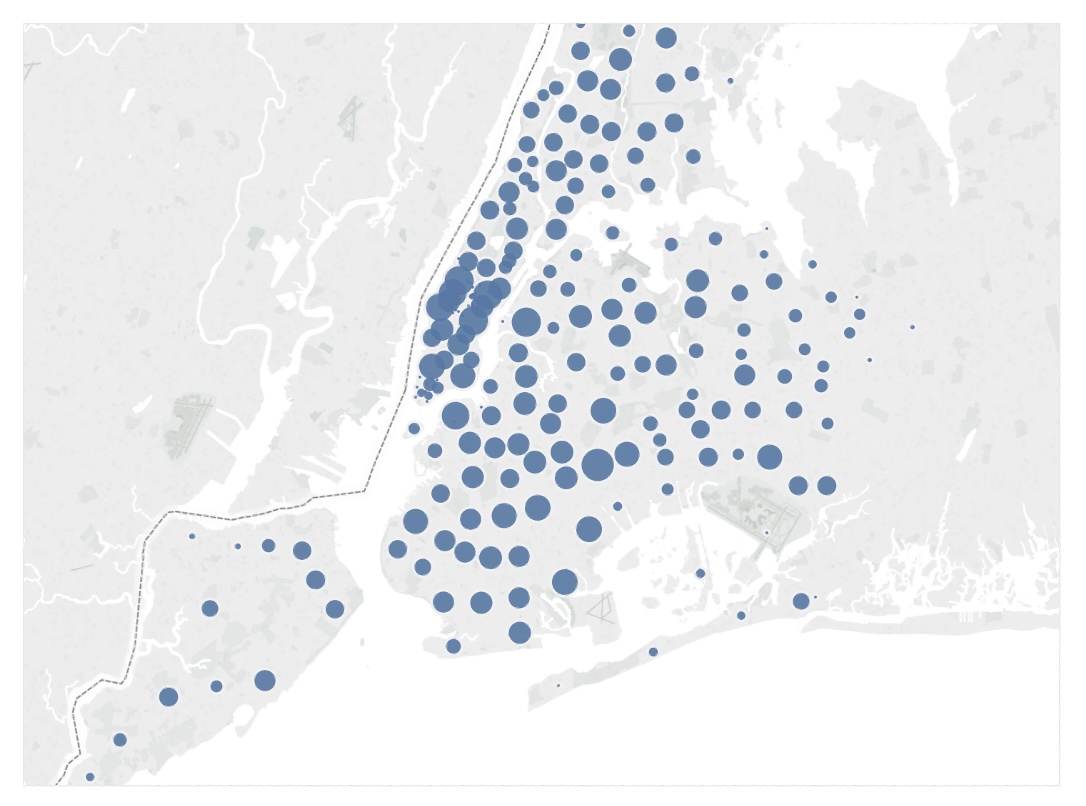
Slides based on material from Prof. Enrico Bertini
Fundamental Graphs Summary
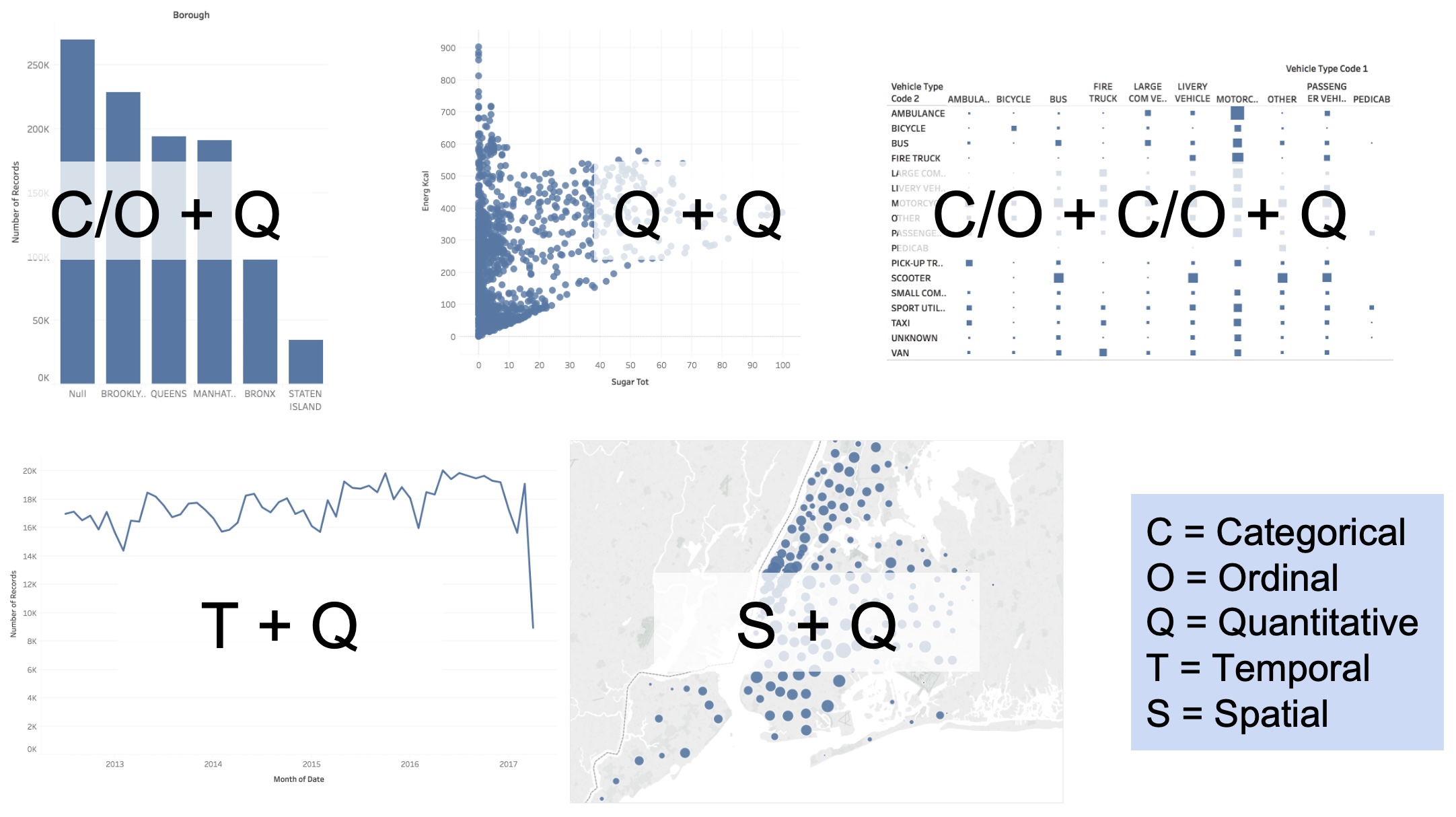
Slides based on material from Prof. Enrico Bertini
Scatter Plots + Faceting (without)
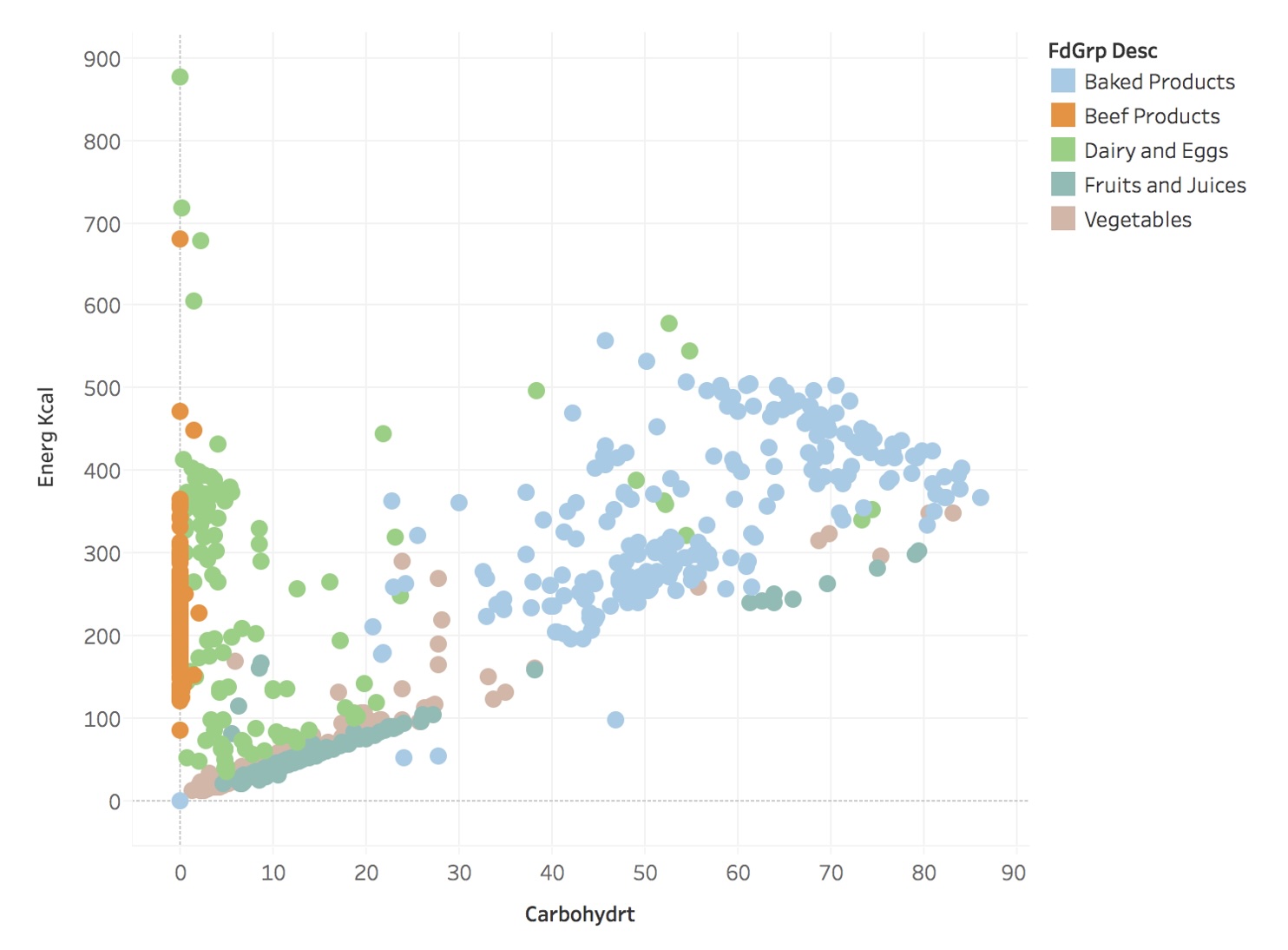
Slides based on material from Prof. Enrico Bertini
Scatter Plots + Faceting (with)

Slides based on material from Prof. Enrico Bertini
Tidy Data
Goal: organizing data to make visualization easier
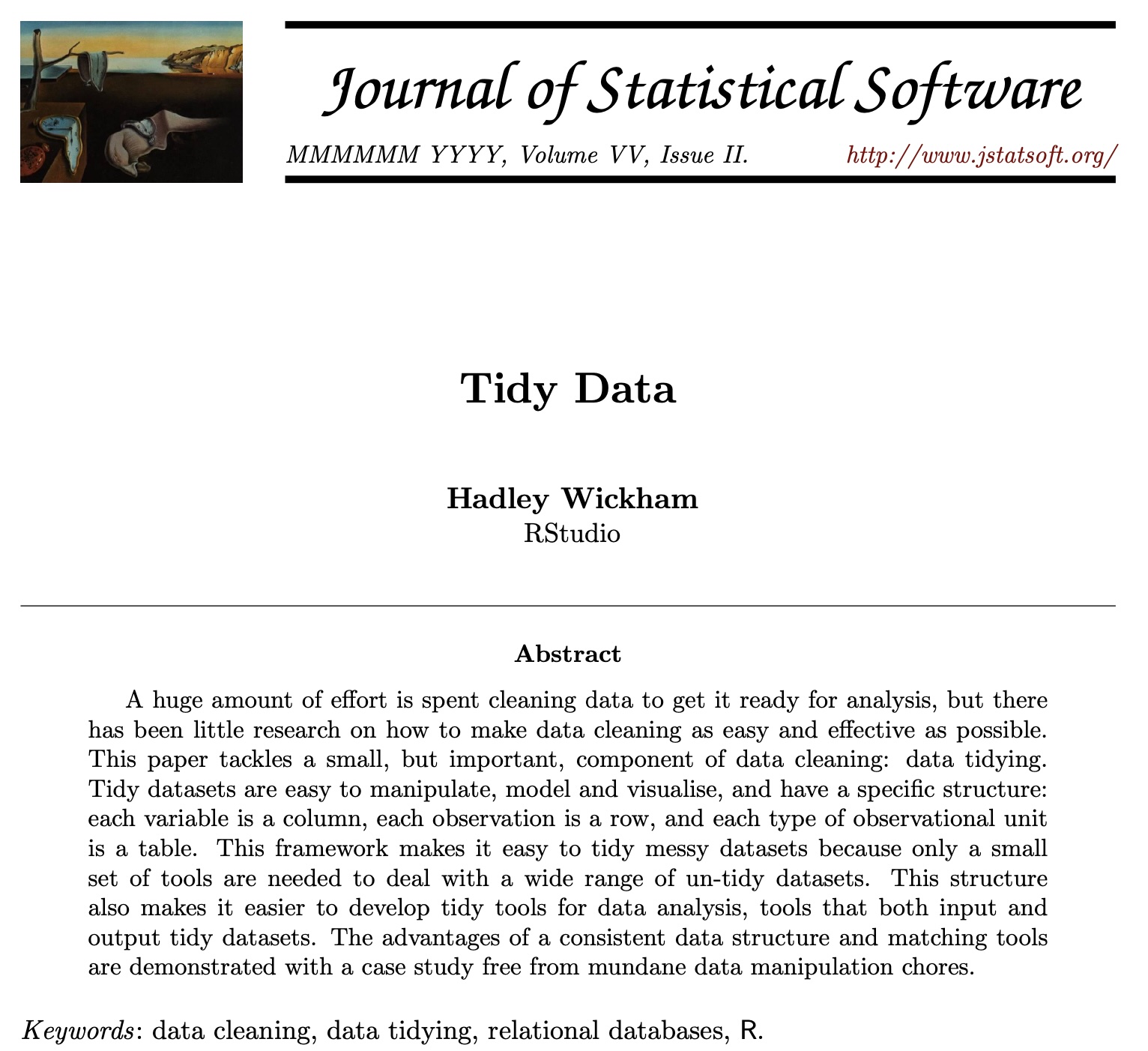
Slides based on material from Hadley Wickham
Tidy Data
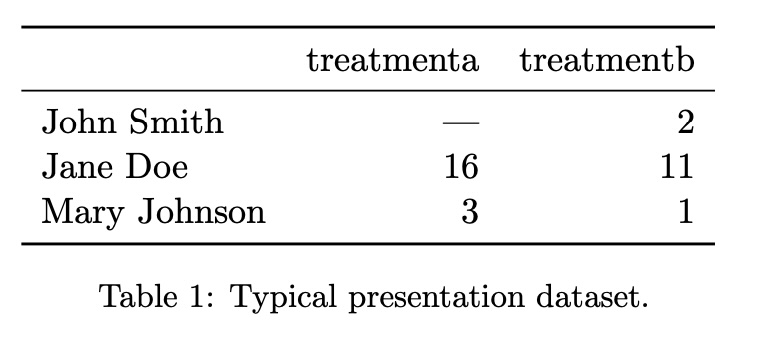
Slides based on material from Hadley Wickham
Tidy Data

Slides based on material from Hadley Wickham
Tidy Data

Slides based on material from Hadley Wickham
Tidy Data: Definition
In tidy data:
Each variable forms a column
Each observation forms a row
Each type of observational unit forms a table
Slides based on material from Hadley Wickham
Tidy Data: Example #1
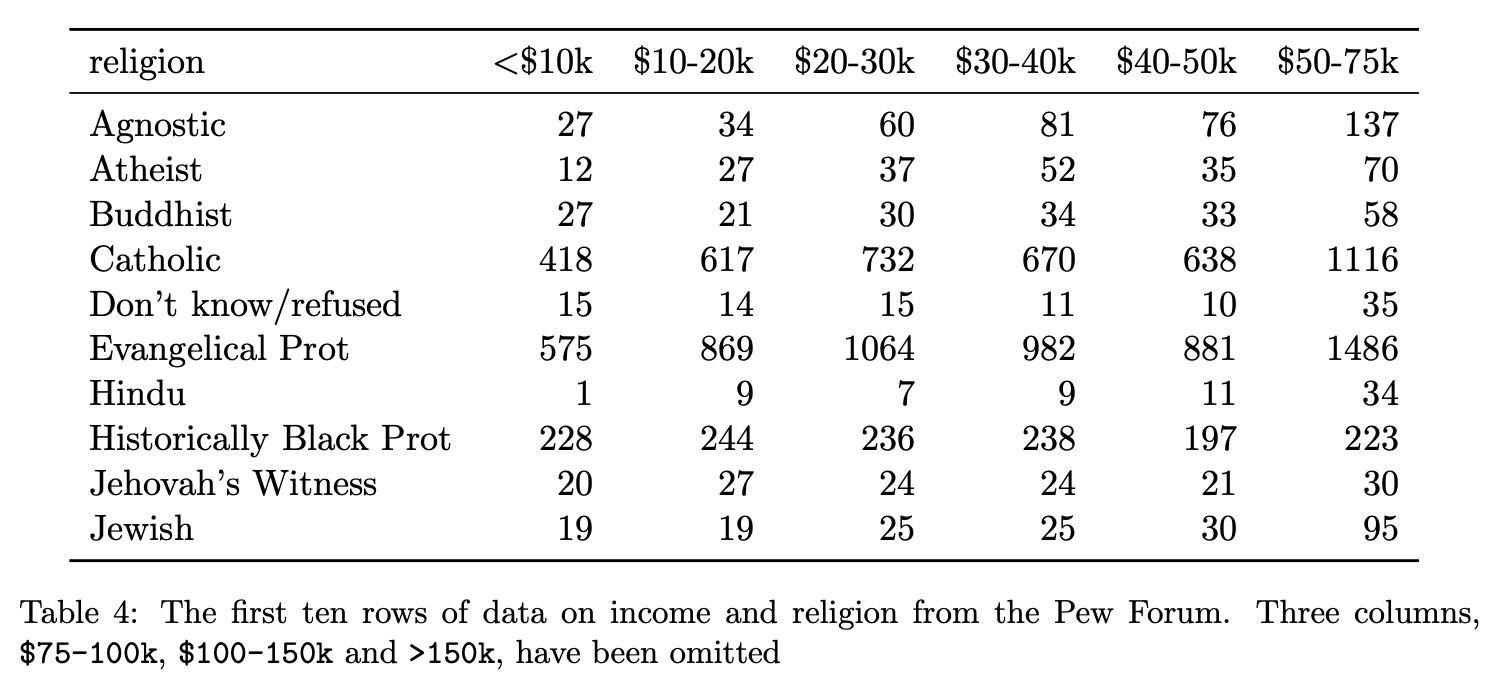
Slides based on material from Hadley Wickham
Tidy Data
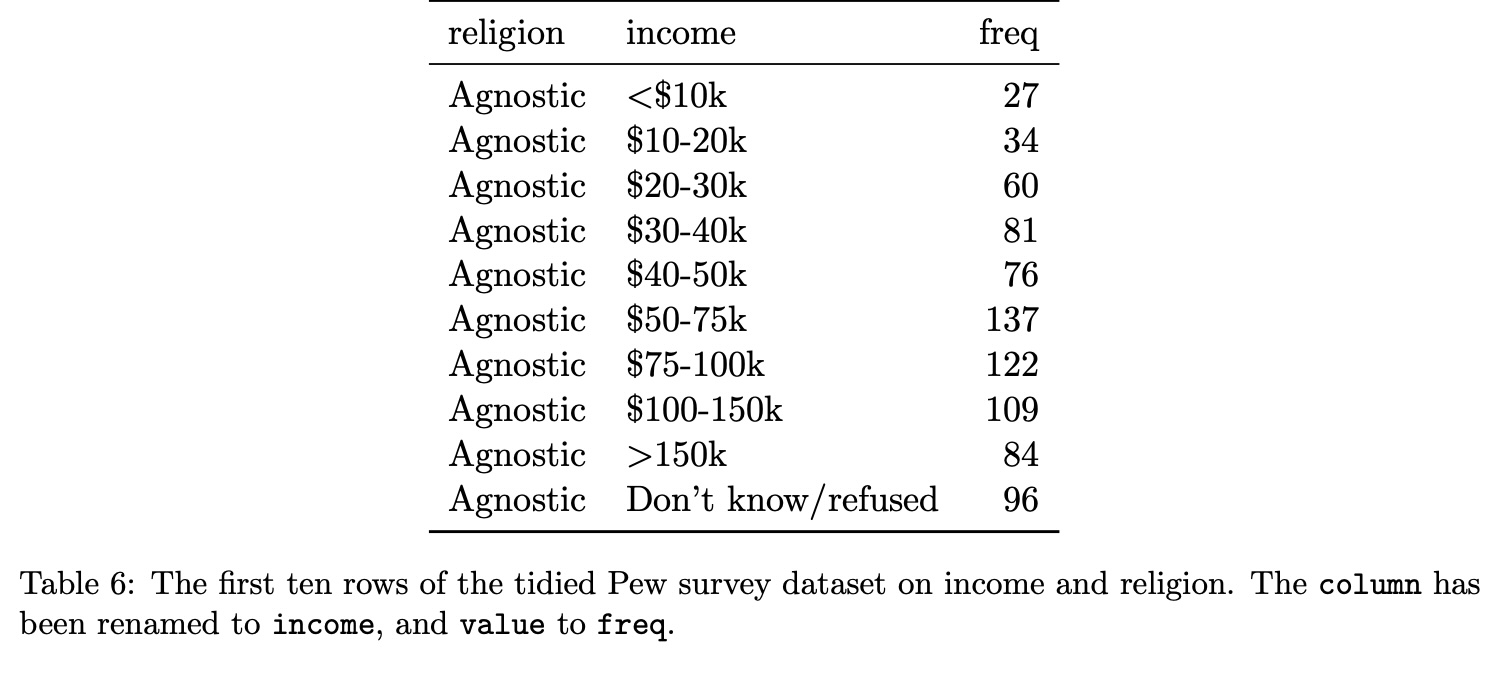
Slides based on material from Hadley Wickham
Tidy Data: Example #2
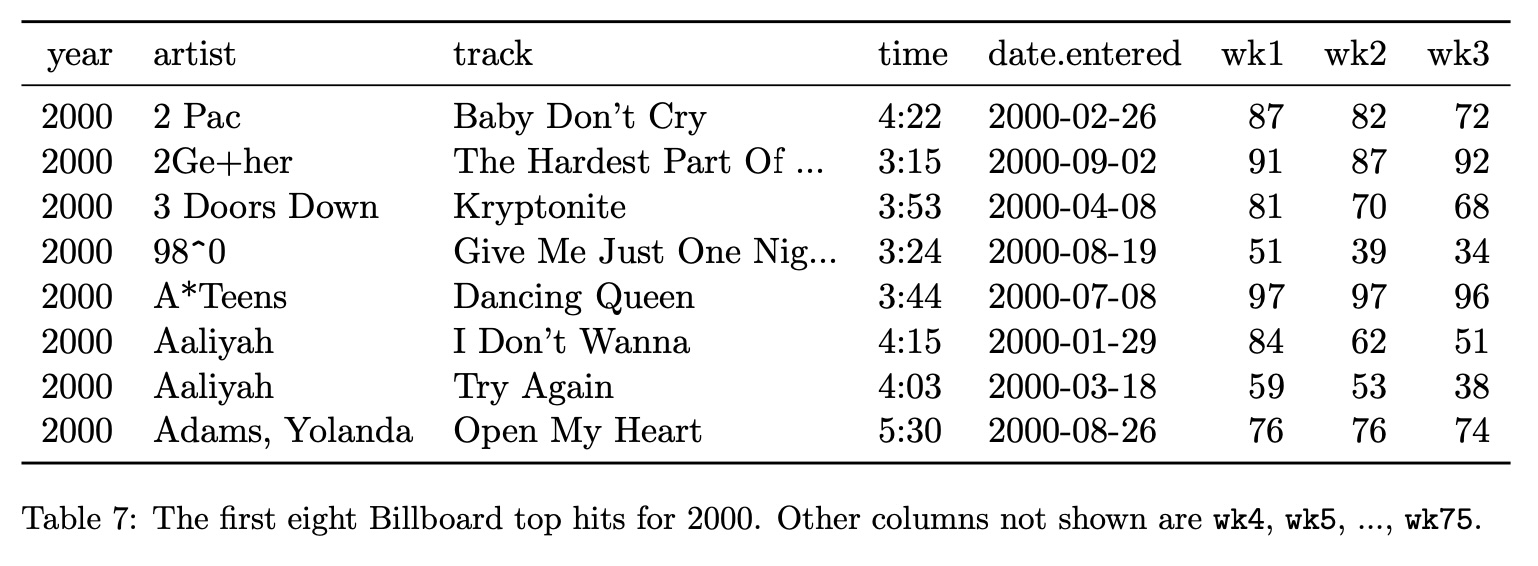
Slides based on material from Hadley Wickham
Tidy Data
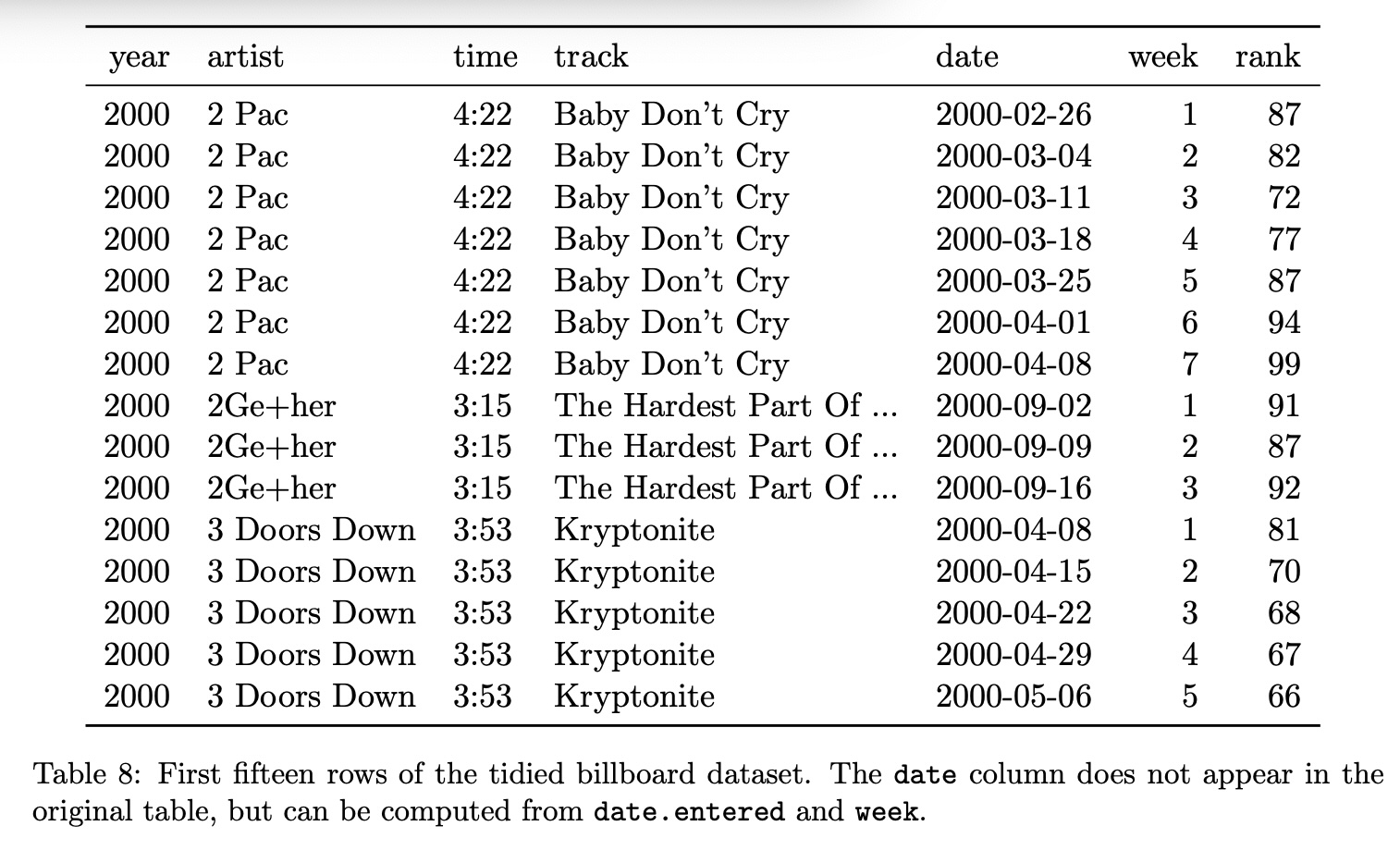
Slides based on material from Hadley Wickham
Graphical Encoding
Every visualization can be described in terms of:
its basic graphical components
mapping strategy between data and graphics
more precisely, a set of mappings between:
- data items — visual marks
- data attributes — visual channels
Slides based on material from Hadley Wickham
Graphical Marks

Slides based on material from Prof. Enrico Bertini
Visual Encoding Channels
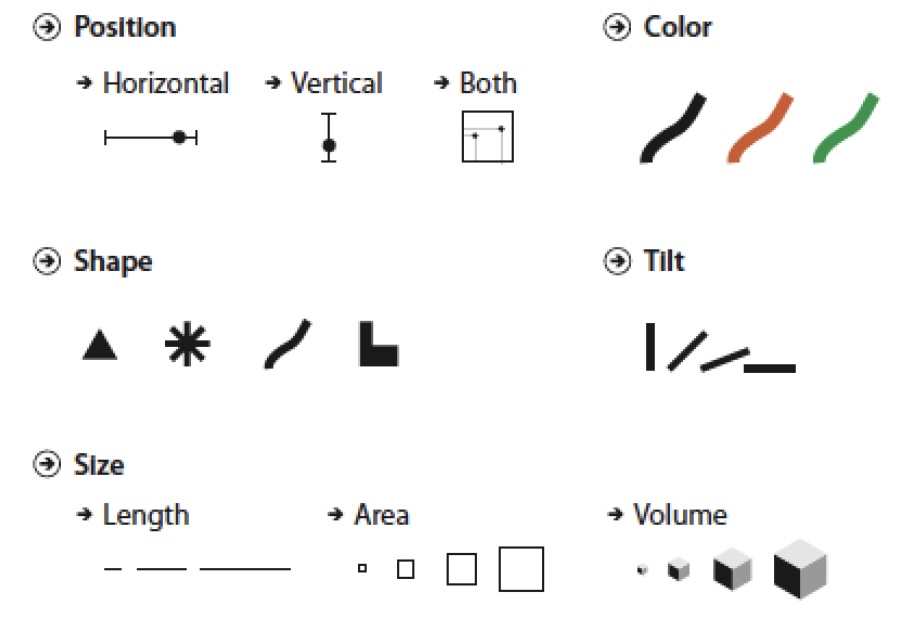
Slides based on material from Prof. Enrico Bertini
Visualization Decoding
Marks — Data Items
Channels — Data Attributes
Slides based on material from Prof. Enrico Bertini
Examples
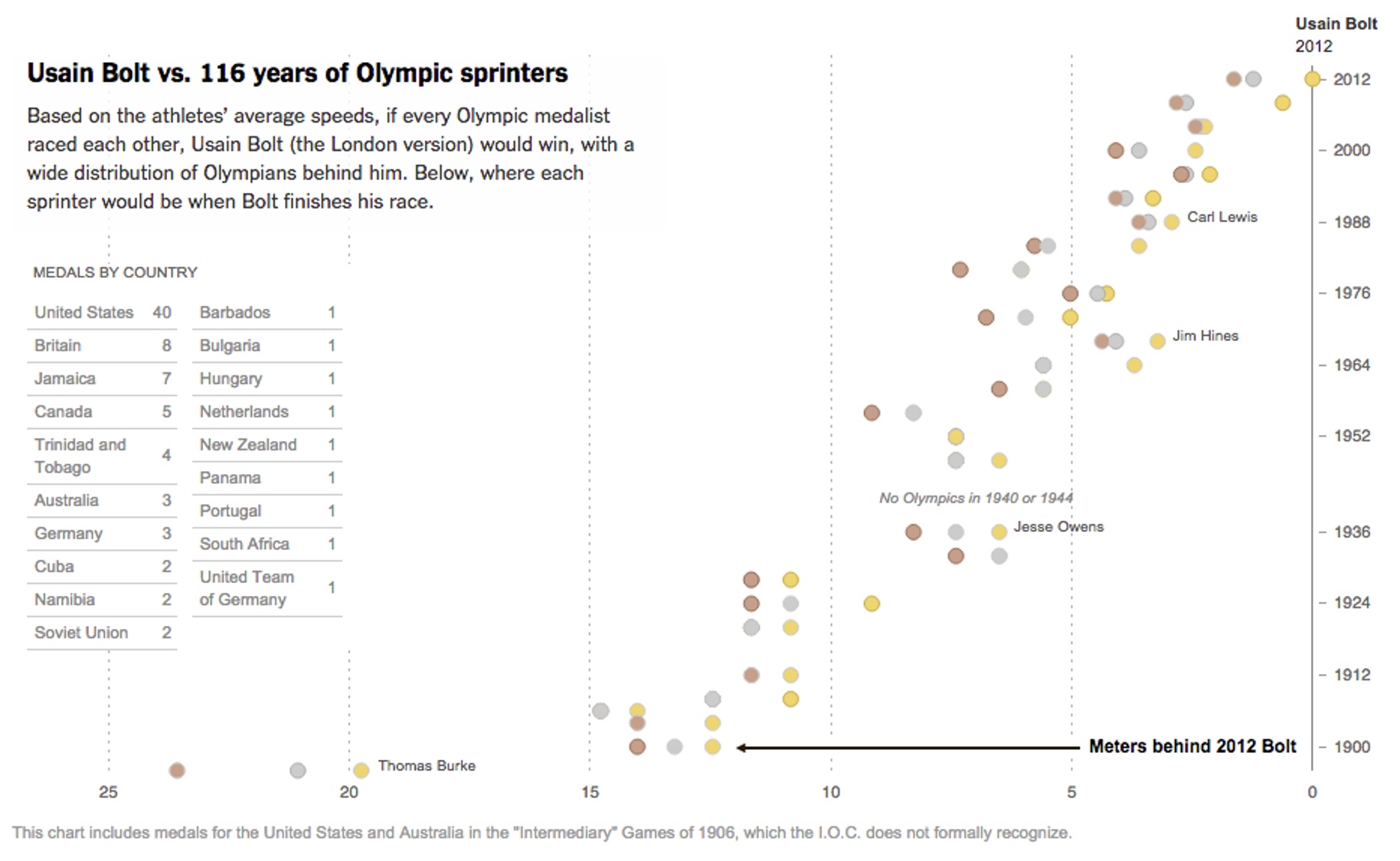
Slides based on material from Prof. Enrico Bertini
Expressiveness Principle
The visual representation should express the type of information that exists in the data.
- Ordered data should not appear as unordered.
- Unordered data should not appear as ordered.
Effectiveness Principle
Relevance of information should match the effectiveness of the channels used.
- Represent important information with more effective channels
Effectiveness Effect
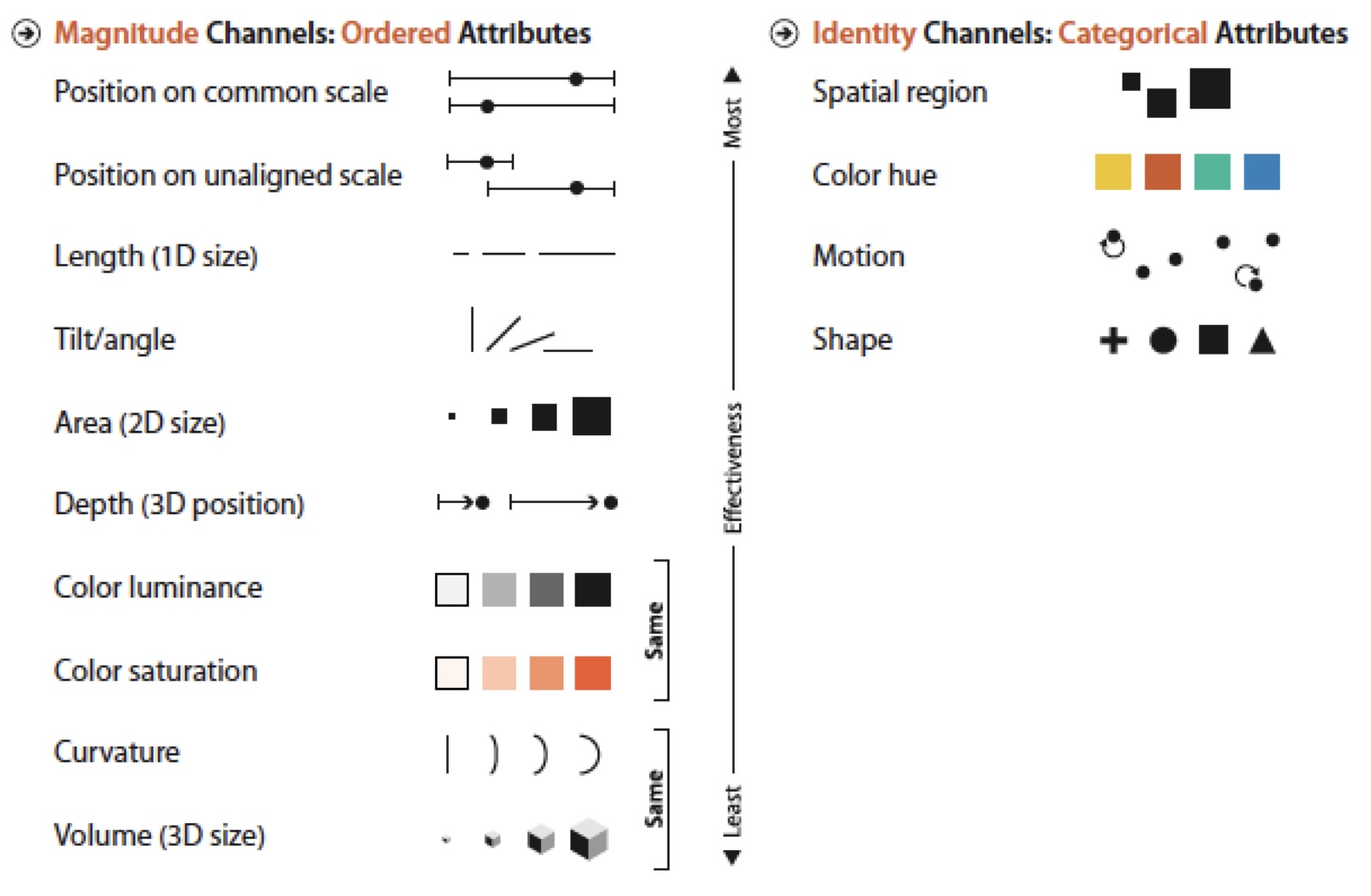
Summary
- Visual Encoding/Decoding
- Graphical Marks and Channels
- Expressiveness and Effectiveness
- Channels Appropriateness and Ranking
- Evaluation and Design
- Contextual Components
- Labels, legends and annotations
- Axes, grids and trend lines
Slides based on material from Prof. Enrico Bertini
Neo: Interactive Confusion Matrices
Great example of research in VisML!
